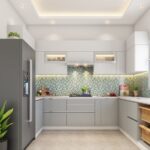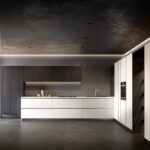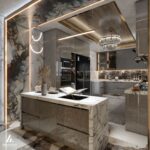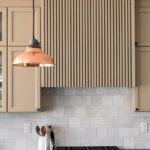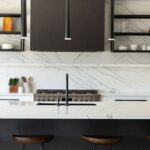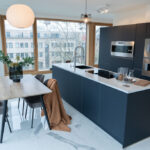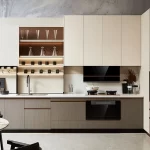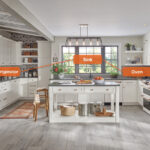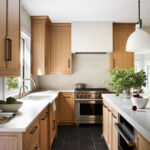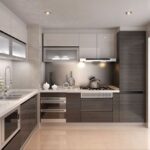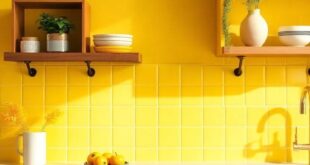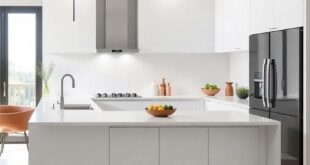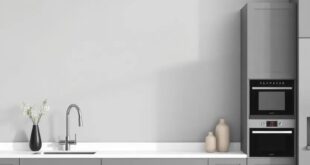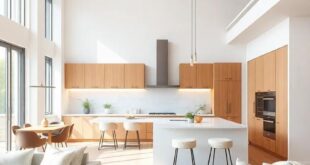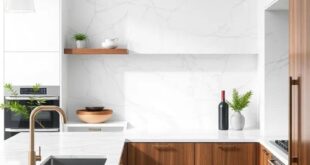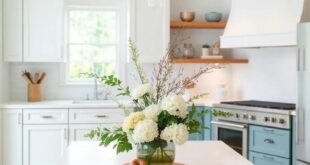When it comes to planning a kitchen design, there are a multitude of factors to consider in order to create a functional and aesthetically pleasing space. From the layout and storage options to the choice of materials and color scheme, each decision plays a crucial role in the overall design of the kitchen.
One of the most important aspects of kitchen design is the layout. The layout of the kitchen should be carefully planned to ensure that the space is efficient and functional. The work triangle, which consists of the refrigerator, sink, and stove, should be easily accessible and well-organized to facilitate meal preparation. Additionally, the placement of appliances and work surfaces should be strategically planned to maximize workflow and minimize wasted space.
In terms of storage options, it is essential to consider the needs of the household and the amount of storage space required. Cabinets, drawers, and shelves should be designed to accommodate kitchen utensils, cookware, and food items in an organized manner. Pull-out drawers, lazy Susans, and built-in spice racks are just a few examples of innovative storage solutions that can help maximize space and keep the kitchen clutter-free.
The choice of materials used in the kitchen design can greatly impact the overall look and feel of the space. Natural materials such as wood, stone, and marble are popular choices for countertops and flooring, as they add warmth and texture to the design. Stainless steel appliances are a sleek and modern option that can complement a variety of design styles. Additionally, the color scheme of the kitchen should be carefully chosen to create a cohesive and harmonious look. Neutral colors such as white, gray, and beige are timeless choices that can make the space feel bright and open, while bold colors can add a pop of personality and create visual interest.
Lighting is another important element to consider in kitchen design. Proper lighting can enhance the functionality of the space and create a welcoming atmosphere. Task lighting, such as under cabinet lighting and pendant lights over the island, can illuminate work surfaces and make meal preparation easier. Ambient lighting, such as recessed lighting and chandeliers, can create a warm and inviting ambiance for dining and entertaining.
In conclusion, a well-designed kitchen is a balance of functionality and style. By carefully considering the layout, storage options, materials, color scheme, and lighting, homeowners can create a kitchen that meets their needs and reflects their personal taste. Whether designing a new kitchen from scratch or updating an existing space, attention to detail and thoughtful planning are key to achieving a successful kitchen design.
 Decorationg Interior Design
Decorationg Interior Design

